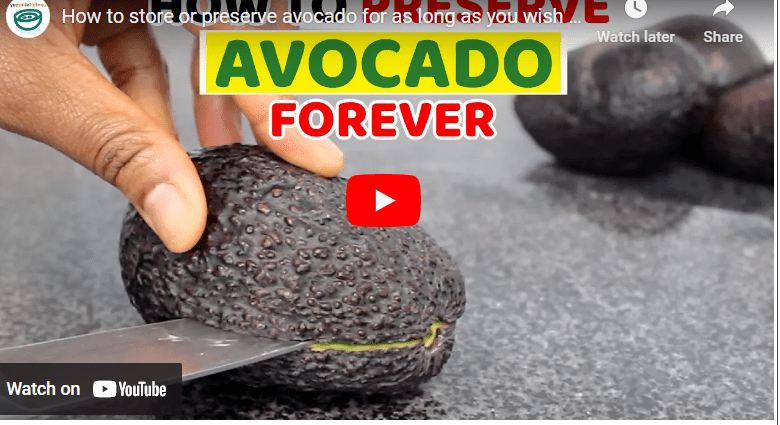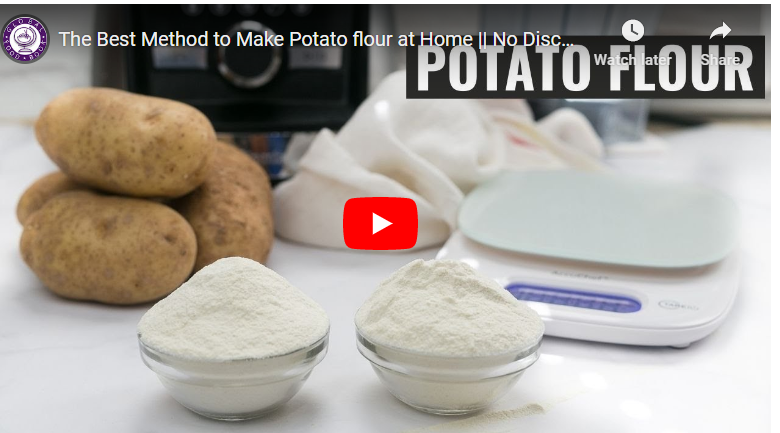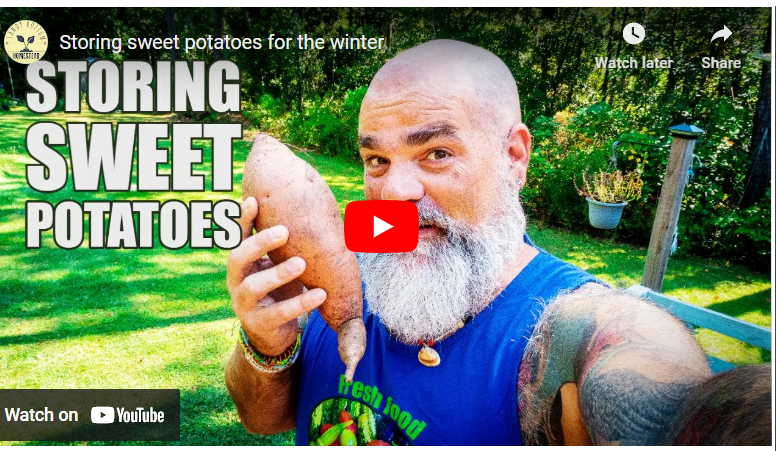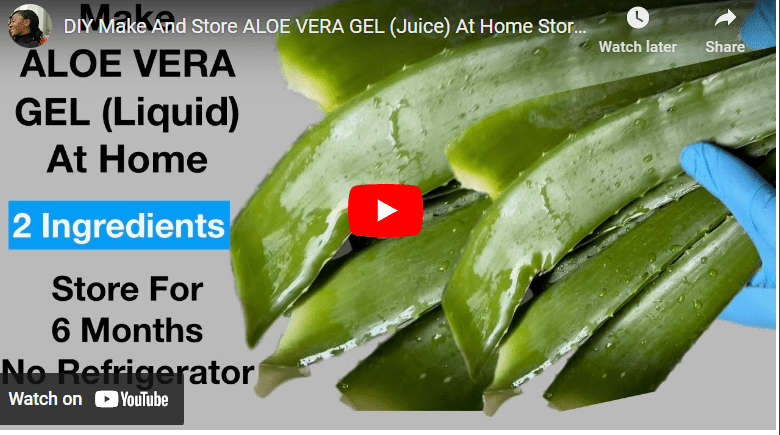Snails are really important source of meat known to be high in protein and other vital minerals. Likewise, snails are a very common pet and many people keep them as a hobby.
However, it is important to know that snails need special foods in order to survive. These special foods can be formulated by you or they can be purchased from a store.
Formulating feed for snails is an important part of providing them with a healthy diet. A good feed should provide snails with the correct balance of protein, carbohydrates, fats, vitamins, and minerals. A base feed should be composed of vegetables and fruits, supplemented with other ingredients such as grains, legumes, and animal proteins.
It is important to vary the ingredients of the feed to ensure that snails receive a variety of essential nutrients. Additionally, supplementing the feed with calcium sources such as oyster shell or cuttlebone is important for snails to maintain healthy shells.
The feed should be prepared fresh daily and any uneaten feed should be removed after 12 hours. Also, it is important to provide snails with access to fresh water to ensure proper hydration. This article will show you how to formulate feed for snails so that they can survive in your home and thrive.
How To Formulate Feed For Snail Step By Step
Snails are easy to care for and can be fed an easy-to-digest diet to keep them healthy. However, formulating snail feed can be tasking especially if you have no idea about the composition of the feed.
Below is the step by step instruction on how you can formulate feed for snail from beginning to the end.
Read Also: [Beginners Guide] How To Formulate Feed For Snail South Africa
Step 1. Determine the Nutritional Needs of Your Snails
Different species of snails have different nutritional requirements. Therefore, it is essential to understand the nutritional needs of your snails before formulating their feed.
You can consult a veterinarian or a snail expert to get a better understanding of your snail’s nutritional needs.
Read Also: [Beginners Guide] How To Formulate Fish Feed In Ghana
Step 2. Acquire Needed Equipment for Snail Feed Formulation
To properly formulate feed for snails, you will need the proper equipment. The equipment required will vary depending on the quantity of snail feed you wish to produce.
The following are some of the necessary equipment you will need to formulate snail feed:
Read Also: [Beginners Guide] How To Formulate Feed For Snail In the US
#1. Mechanical Hand Blender
A mechanical hand blender is an essential piece of equipment that will be used to blend the ingredients together.
This blender can be either electric or manually operated, but it is important to ensure that the blades are strong enough to grind the ingredients to a fine powder.
A hand blender is preferred to a regular blender as it allows you to blend the ingredients in small batches, ensuring that each batch is finely ground and evenly mixed.
Read Also: [Beginners Guide] How To Formulate Feed For Snail In Ghana
#2. Blender Jar
The blender jar is where the ingredients will be placed for grinding. Ensure that the blender jar is made of food-grade plastic or glass to prevent contamination of the ingredients.
A glass blender jar is preferred as it is easier to clean and is less prone to absorbing odors and stains.
#3. Stainless Steel Bowl or Container with a Lid
Once the ingredients have been blended, they need to be mixed together in a stainless steel bowl or container with a lid.
This will ensure that the feed is evenly mixed and will prevent it from spilling or becoming contaminated.
Read Also: [Beginners Guide] How To Formulate Feed For Snail In Nigeria
#4. Scale
To ensure that the ingredients are measured accurately, a scale is necessary. A digital kitchen scale is ideal as it is precise and easy to read. The scale should be capable of measuring both small and large quantities of ingredients.
Step 3. Gather All The Ingredients Needed
The ingredients used in formulating snail feed are crucial in providing the necessary nutrients that will support the growth and development of the snails.
The ingredients will vary depending on the nutritional needs of the specific species of snail being raised. However, a standard snail diet should include the following:
Read Also: [Beginners Guide] How To Formulate Poultry Feed In Kenya
#1. Vegetables
Vegetables should make up the bulk of the snail feed, providing the necessary vitamins and minerals. Vegetables like spinach, lettuce, cabbage, and kale are excellent sources of nutrients for snails.
#2. Fruits
Fruits like apples, bananas, and oranges can also be included in the snail feed to provide additional nutrients and to add flavor. Fruits should be chopped into small pieces to make them easier for the snails to consume.
#3. Protein sources
Protein sources like shrimp, mealworms, and crickets are excellent sources of protein that can be included in the snail feed. These protein sources should be ground into a fine powder to make it easier for the snails to consume.
#4. Calcium sources
Snails require calcium for the growth and development of their shells. Sources of calcium like crushed eggshells, oyster shells, or cuttlebone can be included in the snail feed.
#5. Grains
Grains like oats, wheat, and cornmeal can be added to the snail feed to provide energy and fiber.
Step 4. Weigh and Measure the Ingredients
Once you have all the ingredients and understand the nutritional needs of your snails, weigh and measure each ingredient to ensure you have the right proportions. A scale can help you measure each ingredient accurately.
Read Also: [Beginners Guide] How To Formulate Fish Feed in Uganda
Step 5. Prepare the Ingredients
The first step in preparing the snail feed is to wash, cut, and blend the ingredients. This step is critical to ensure that the snails receive a balanced and nutritious diet.
Vegetables and fruits should be washed thoroughly to remove any dirt or contaminants. They should then be cut into small pieces to make them easier to blend.
Protein sources like shrimp, mealworms, and crickets should be cooked and ground to a fine powder using a blender.
This step is essential as it makes it easier for the snails to consume the protein source. The powder should be fine enough to prevent the snails from choking on any large pieces.
Step 6. Blend All The Ingredients
The next step is to blend all the ingredients in a blender or food processor until it forms a fine paste. It is important to ensure that the paste is smooth and uniform to ensure that the snails receive a balanced diet. The paste should not be too thick or too thin.
Step 7. Pour Additional Nutrient To The Paste
Once the paste is prepared, it is important to add calcium powder, which is necessary for healthy shell growth.
Calcium powder can be obtained from crushed eggshells, oyster shells, or cuttlebone.
The calcium powder should be added to the paste and stirred thoroughly to ensure that it is evenly distributed.
Step 8. Dry The Paste
The next step is to dry the paste. The paste can be placed in a shallow dish or tray and allowed to dry in the sun or in a warm place. This step is essential as it ensures that the paste is preserved for longer and is easier to store.
Step 9. Store The Feed
The snail feed should be stored in an airtight container and kept out of direct sunlight. This step is crucial to prevent contamination and to ensure that the feed remains fresh and nutritious for the snails.
The container should be labeled with the date of preparation and the expiration date. The feed can be stored for up to three months if kept in a cool, dry place.
Benefits of Formulating Snail Feed
#1. Customizable
Formulating snail feed allows you to customize the feed to meet the specific nutritional requirements of your snails.
#2. Reduced Costs
Formulating snail feed can reduce your overall feed costs by allowing you to use locally available ingredients and reducing waste.
#3. Increased Productivity
Snails fed on a well-formulated diet grow faster, reproduce more, and have a lower mortality rate than those fed on an inadequate diet.
#4. Improved Quality
Formulating snail feed ensures that the feed is of high quality, free from contaminants, and meets the nutritional requirements of the snails, resulting in improved meat and shell quality.
Cost of Formulating Snail Feed
The cost of formulating snail feed varies depending on the ingredients used, location, and scale of production. However, formulating snail feed can be cost-effective compared to purchasing commercial feeds, especially for small-scale farmers.
The cost of equipment, such as a blender, scale, and container, may be a one-time investment. However, the cost of ingredients and labor must be considered. The cost of locally available ingredients may be lower than imported ones.
Projected Profit of Snail Feed
The projected profit of formulating snail feed depends on the market demand for the feed and the cost of production. Snail feed can be sold to other snail farmers or to those involved in the animal feed industry.
The profit margin can be maximized by reducing the cost of production and marketing the feed effectively.
How much is Snail Feed Sold
The price of snail feed varies depending on the ingredients used and the location. However, snail feed typically sells for between $1.5 to $4 per kilogram.
Disadvantages of Formulating Snail Feed
#1. Time-consuming
Formulating snail feed requires a significant amount of time and effort to prepare and ensure that it meets the nutritional requirements of the snails.
#2. Lack of expertise
Farmers without the necessary knowledge and skills in feed formulation may produce substandard feeds that may lead to poor growth and reproduction of the snails.
#3. Risk of Contamination
Contamination of the feed with pathogens or toxins during the formulation process may pose a risk to the snails’ health.
Best practices of Formulating Snail Feed
- Use high-quality ingredients that meet the nutritional requirements of the snails.
- Follow a formulation guide or seek professional advice from a nutritionist or veterinarian.
- Practice good hygiene and sanitation during the formulation process to prevent contamination.
- Store the feed in a dry and cool place to prevent spoilage.
Challenges Of Formulating Snail Feed
- Lack of access to quality ingredients.
- Difficulty in formulating feeds that meet the nutritional requirements of snails at different growth stages.
- Lack of knowledge and expertise in feed formulation.
Where To Sell Snail Feed
Snail feed can be sold to other snail farmers, local markets, pet stores, or animal feed stores. You can also sell the feed online through e-commerce platforms such as Amazon or eBay.
Networking with other farmers or attending agricultural fairs and exhibitions can also help to promote and sell the snail feed.
Snail Feed Formulation PDF
A snail feed formulation PDF is a comprehensive guide that provides detailed instructions on how to make nutritious and balanced feed for snails.
The PDF usually contains a list of ingredients, recommended ratios, and instructions on how to prepare and store the feed.
It may also include information on the nutritional requirements of snails, feeding schedules, and best practices for feeding.
A snail feed formulation PDF is a useful resource for snail farmers who want to ensure that their snails receive the best possible nutrition.
Snail Fattening Feed
Snail fattening feed is a type of feed that is specifically designed to help snails gain weight quickly. This type of feed typically contains high levels of protein and energy, which are essential for snail growth and development.
Some common ingredients in snail fattening feed include soybean meal, fish meal, groundnut cake, maize, and wheat bran.
Snail farmers who want to fatten their snails quickly can use this type of feed in combination with other feeding strategies, such as free-range feeding or a combination of both.
How to Make Snail Feed in Nigeria
To make snail feed in Nigeria, you will need a variety of ingredients such as vegetables, fruits, and protein sources like fish, poultry, or soybean meal.
The first step is to gather all the required ingredients and then prepare them by washing, cutting, and blending. Vegetables and fruits should be thoroughly washed and cut into small pieces, while protein sources should be ground to a fine powder.
After blending, the ingredients should be mixed thoroughly until a fine paste is formed. Calcium powder is then added to the paste, which is necessary for healthy shell growth.
The paste is then placed in a shallow dish or tray and allowed to dry in the sun or in a warm place. Once dry, the feed can be stored in an airtight container.
Snail Feeding
Snails are herbivores, which means they mainly feed on plant materials such as leaves, fruits, and vegetables. They also require protein for growth and development, which can be obtained from animal-based sources like fish, poultry, and insects.
Snails should be fed a balanced diet that contains both plant and animal-based materials, and the feed should be formulated to meet their nutritional requirements.
Snails should be fed once a day, preferably in the evening when they are most active. Overfeeding should be avoided, as this can lead to health problems and decreased growth rates.
Can Snails Eat Chicken Feed
Snails can eat chicken feed, but it is not recommended as their sole source of nutrition. Chicken feed is formulated for poultry, which have different nutritional requirements than snails.
Chicken feed typically contains high levels of protein and energy, which can be detrimental to snails if fed in excess.
Snails require a balanced diet that contains both plant and animal-based materials, and the feed should be formulated to meet their nutritional needs.
How to Make Snail Food
To make snail food, you will need a variety of ingredients such as vegetables, fruits, and protein sources like fish, poultry, or soybean meal.
The ingredients should be washed, cut, and blended to form a fine paste, which is then mixed thoroughly.
Calcium powder is added to the paste, which is necessary for healthy shell growth. The feed is then placed in a shallow dish or tray and allowed to dry in the sun or in a warm place. Once dry, the feed can be stored in an airtight container.
Conclusion
Formulating feed for snails involves understanding their nutritional needs, acquiring the necessary equipment, and measuring and mixing the ingredients to provide balanced nutrition. By following these steps, you can create high-quality snail feed that meets the dietary needs of your snails.



